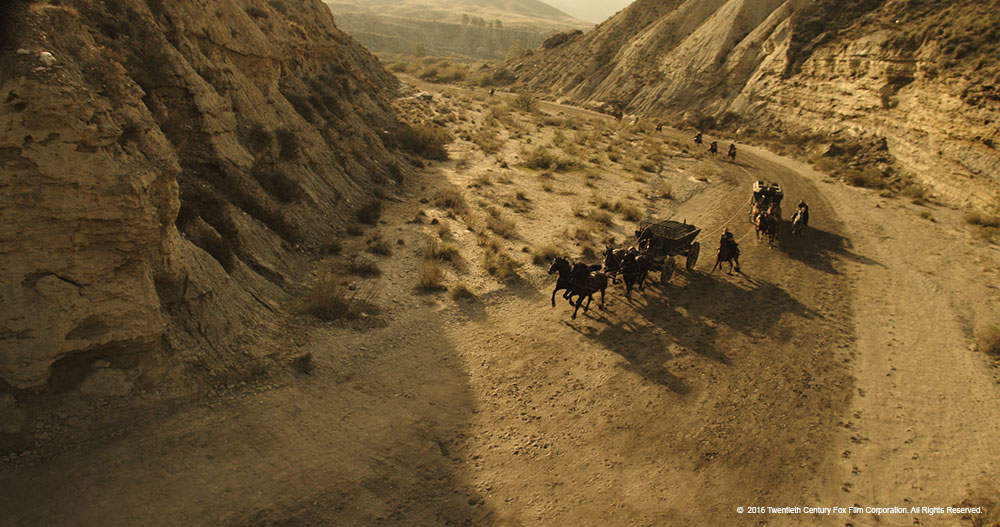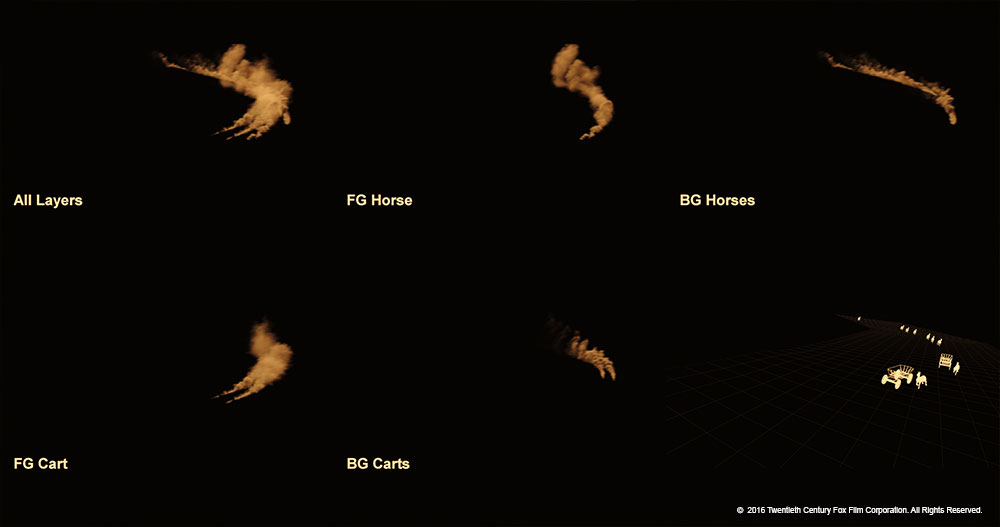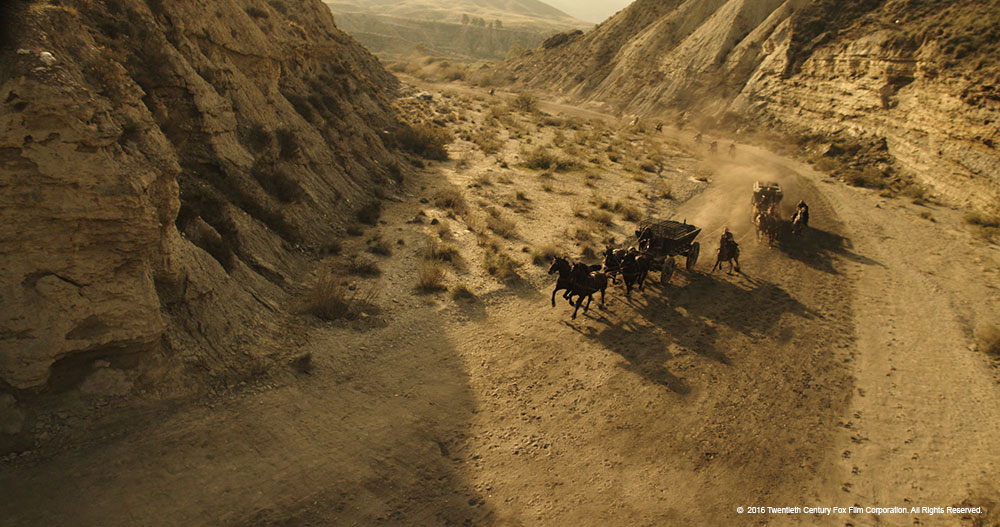Assassin’s Creed Case Study
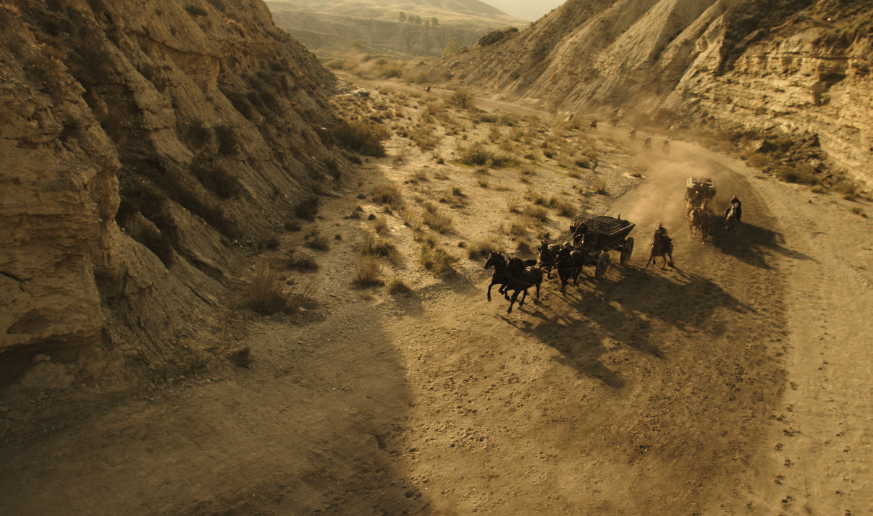
Case Study
Assassin’s Creed made its big screen debut in 2016; Justin Kurzel’s vision a hyperreal and uncompromising take on Ubisoft’s video game franchise. Image Engine teamed up with sister studio Cinesite to support several high-profile sequences throughout the film, detailing a violent war between Assassins and Templars across centuries and cities.
Justin Kurzel’s Assassin’s Creed belongs to a new breed of video game adaptations – a serious, unaffected take on the source material that respects not just the game, but the also fans that revere it.
Assassin’s Creed takes visual and tonal cues directly from the iconic Ubisoft video game series, which has sold over 100-million copies to date. Featuring frenetic blade-based battles and wild parkour chase sequences across ancient architecture – all wrapped in the modern-day narrative of Abstergo and its DNA-delving Animus – Assassin’s Creed very much earns its place in the much-beloved franchise.
This was thanks in no small part to its hyper-real visual effects, which communicate the near-superhuman skill of the titular Assassins with all the excitement and expansive scope of the video game.
Cinesite Montreal came on board to tackle a large number of these shots as the lead vendor within the group. The studio turned to Cinesite London and Image Engine as it approached the finish line, bringing its London and Vancouver-based sister studios onto the project to finalise a number of vital sequences.
As they have on previous projects, such as The Revenant, Cinesite and Image Engine worked hand in hand to bring Kurzel’s ambitious vision to life, ensuring every moment delivered on the excitement of the source material.
The Brotherhood
Under the supervision of in-house VFX supervisor Christian Irles, Cinesite tackled 161 shots across Assassin’s Creed. Cinesite Montreal handled work on the film’s blistering wagon chase sequence; the London-set finale; Eden shots during the Granada Attack; and exterior shots of the Abstergo facility in modern-day Madrid.
Cinesite London focused on set extensions for the Assassins’ escape sequence from Abstergo, and enhanced a key battle with CG weapons and stunt retimes. Image Engine’s contribution comprised 36 shots, supporting Cinesite’s work as the project finished up.
Coming onto a project late in the game can impose certain challenges, but Image Engine had no problem on Assassin’s Creed thanks to clear communication and collaboration between all involved.
“Both sides were in sync from the start of the collaboration: we were working towards one common goal,” says Joao Sita, Image Engine visual effects supervisor. “We achieved that by being extremely organized and transparent with regards to how the work should be tackled. We would assess Cinesite’s work so far, and evaluate the best methodology to achieve the required end result, delivering creative solutions that required the least management.
“Using this approach, Cinesite could focus on the complex work they had been perfecting for months, while we made sure the details were delivered exactly as they needed to be.”
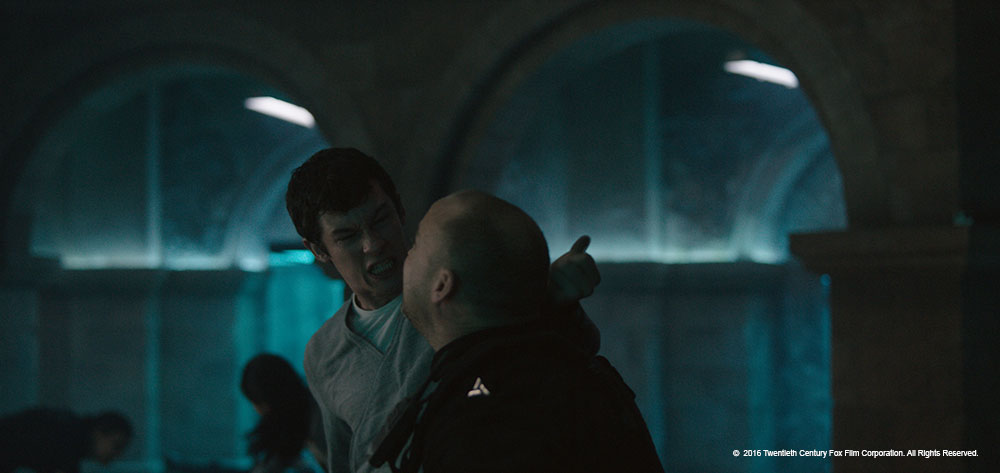
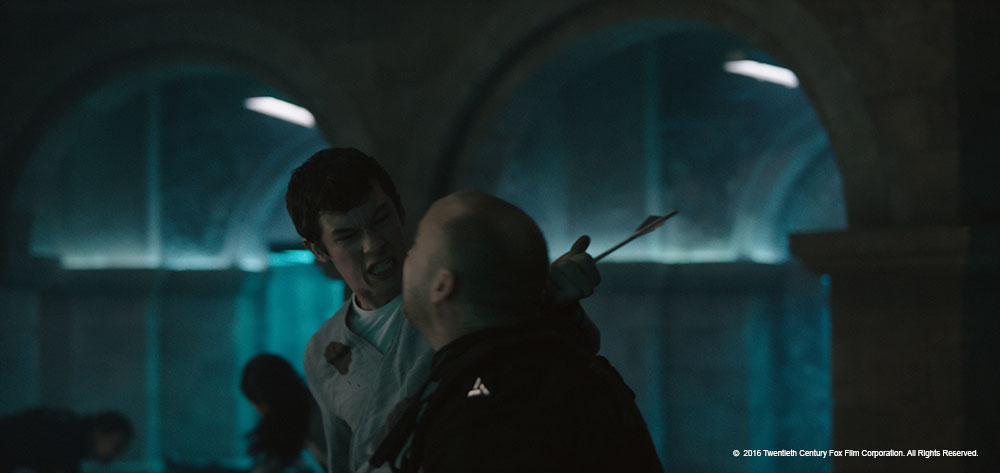
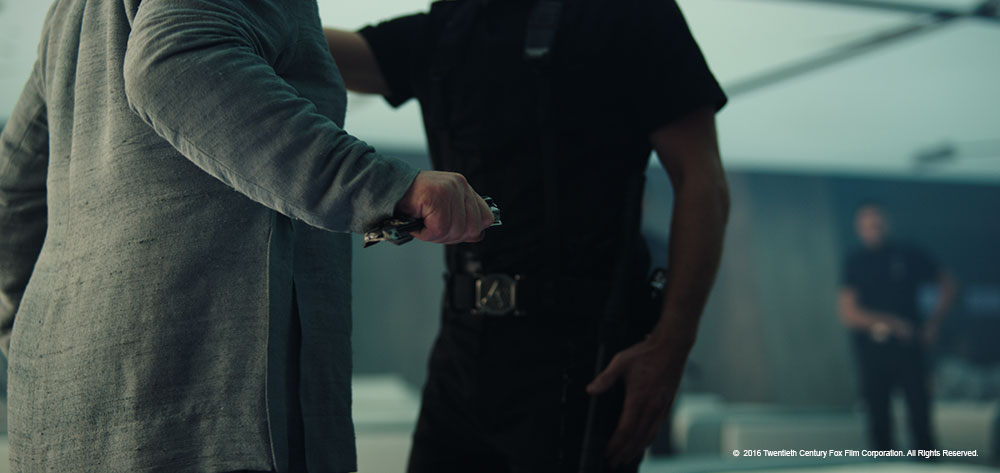
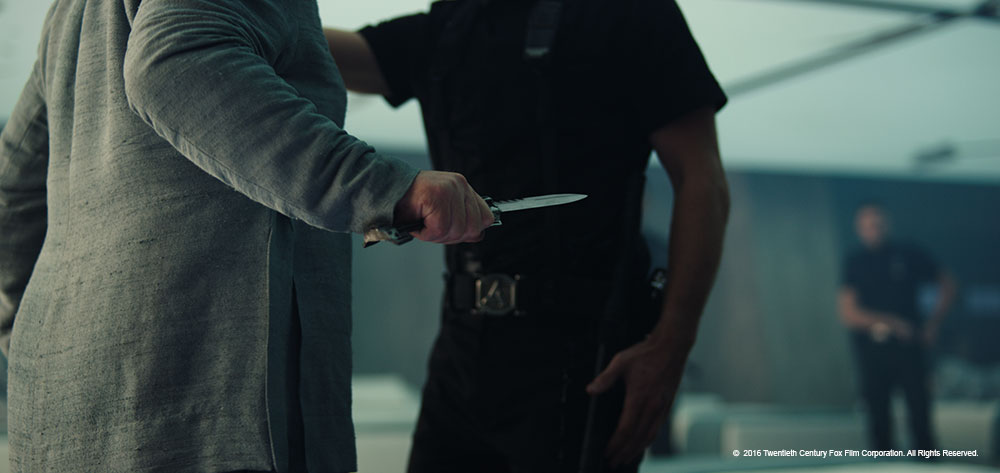
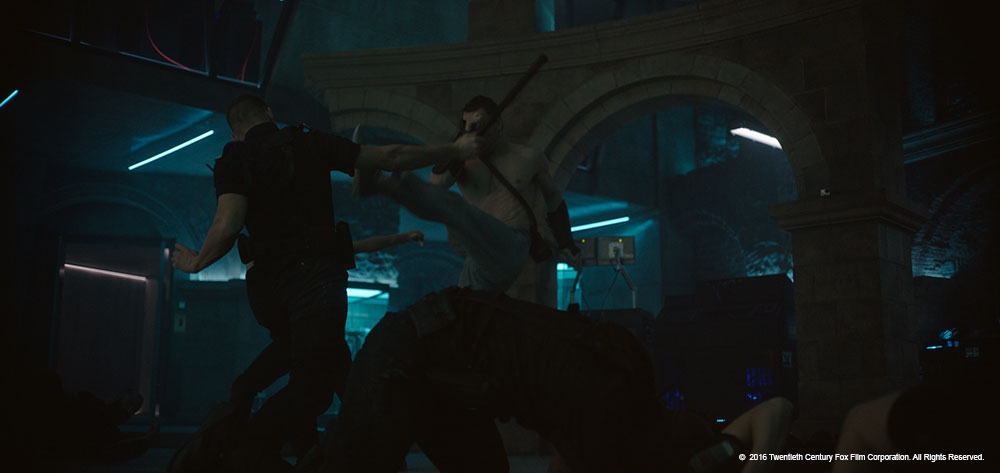
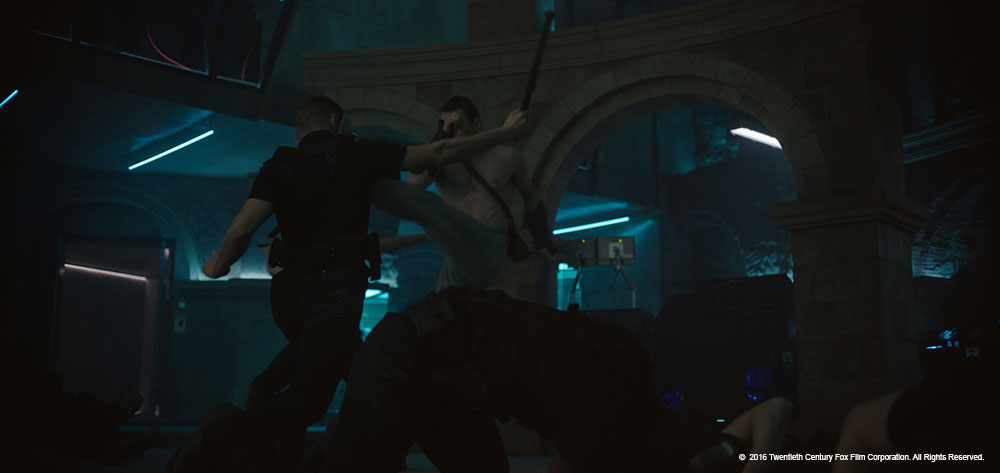
Sharpening blades
Image Engine’s assistance was key on one stand-out fight sequence, in which Callum Lynch (Michael Fassbender) leads a revolt against Abstergo forces, cutting through enemy guards with wrist-mounted blades, a bow and arrow, and hand-to-hand combat.
Given the need for on-set safety, plate photography featured blunted weapons and lacked full physical contact. Image Engine and Cinesite worked to deliver an array of invisible effects to address this, amplifying the visceral nature of the sequence.
“Thanks to some epic stunt work those scenes looked great, but the more violence-driven action wasn’t being communicated – we needed to better bring that intimate close combat onto the screen,” explains Sita. “We moved pretty much everything around to create a sense of danger.”
To achieve this, Image Engine subtly repositioned actors’ arms and legs, bringing them into full contact with their adversaries. At times, artists had to paint a character completely out of their original position in the scene, adding them elsewhere to make the the combat feel more direct. Some shots were sped up or slowed as required, accentuating the fight choreography on display.
Image Engine also added contact shadows, blood stains and digital tips to weapons. “Everything needed to feel completely believable to give the scene that extra punch,” notes Sita.
Chasing perfection
One of Cinesite and Image Engine’s core tasks on Assassin’s Creed comprised the frantic wagon chase sequence, which takes place across an arid 15th-century desert.
This was one of the film’s centerpiece moments, featuring parkour leaps between vehicles; the dramatic war wagon crash; and ultimately Aguilar’s wagon driving off a precipice.
Cinesite’s work on the sequence was extensive. For starters, the war wagon crash – which sees the vehicle flip in spectacular fashion – was originally achieved on set. However, this physical approach did not deliver the results Kurzel hoped for. As such, Cinesite created a CG wagon that breaks apart in full view, complete with CG horses and riders.
The studio also performed facial replacement work; simulated dust and debris to augment shots; created a CG cliff for the sequence’s final moments; and seamlessly combined numerous 2D and 3D layers in compositing.
Image Engine supported this work, finalizing shots within the overall sequence: “We digitally removed visible safety gear, hid a real-life stunt driver within the wagon, painted out tire treads and excessive horse shoe prints from the dirt; and added in digital dust and chunks of material kicking up from the wagon’s wheels,” says Sita. “We also removed modern buildings from the backdrop, ensuring the audience was not removed from the illusion of the era.”
Image Engine also handled facial replacements on stunt actors elsewhere in the film. Given the production’s looming deadline, the team opted for a flexible 2.5D approach, scouring unused raw footage for similar angles of the actors, and projecting/blending these faces onto the stunt doubles’ bodies. This approach enabled a much faster turnaround than creating, animating, and rendering an asset for the shot. Plus, the results were just as seamless.
Working as one
By combining their talents, Image Engine and Cinesite ensured Assassin’s Creed‘s blistering action sequences honoured the video game source material.
“Working with Cinesite Montreal was a completely smooth, collaborative experience,” remarks Sita. “Regardless of whom you’re sharing work with, there can sometimes be a sense of uncertainty. But we know Cinesite and how they work, and vice versa. The transparency and commitment between the two teams made Assassin’s Creed a fast and results-driven project.”
For Shawn Walsh, visual effects executive producer and general manager at Image Engine, the project further exemplified the team’s commitment to creative problem solving.
“Everything was planned, but with enough of a flexible margin to experiment and nail the best results. I was very proud of how fast the Image Engine team dug into the shots in the production’s final moments, coming up with fast and intelligent ways to resolve problems.
“By working closely with Cinesite, we delivered an Assassin’s Creed experience to be proud of – the CG results may be seamlessly interwoven into the plate photography, but you can certainly feel them in the intensity of the action.”



